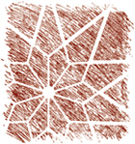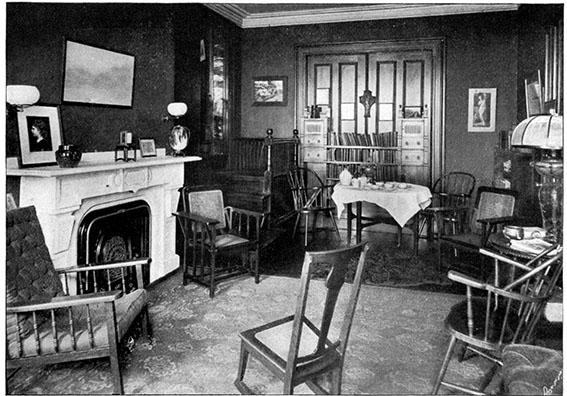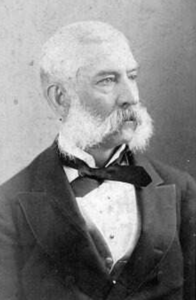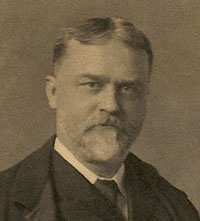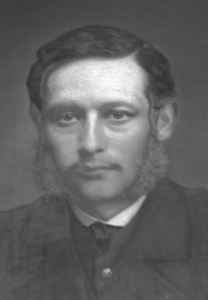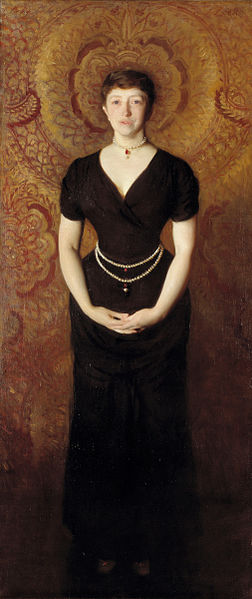- The new sanctuary was dedicated.
-
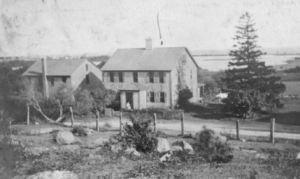
Fay Cottage @ 216 Elm Rd., Falmouth MA was built c1740 by David Butler. 1916 photo thanks to Woods Hole Historical Archive
A cottage overlooking the Vineyard Sound in Falmouth was provided for a summer-long series of 10-day seaside sojourns for women and children of the Church of the Ascension by Emmanuel parishioners Mr. & Mrs. Henry B. Fay. A piazza and bathhouses along its beach were constructed with Emmanuel funds. Sarah M. Gay assisted Clara M. Carter, the Diocesan Deaconess, in managing the retreat at Fay Cottage for the first of 25 years to come. See also history of Fay Farm.
- The Students’ House was rented at 21-23 St. James Ave. It housed about 20 young women and maintained a club for 150 others for more than a decade.
